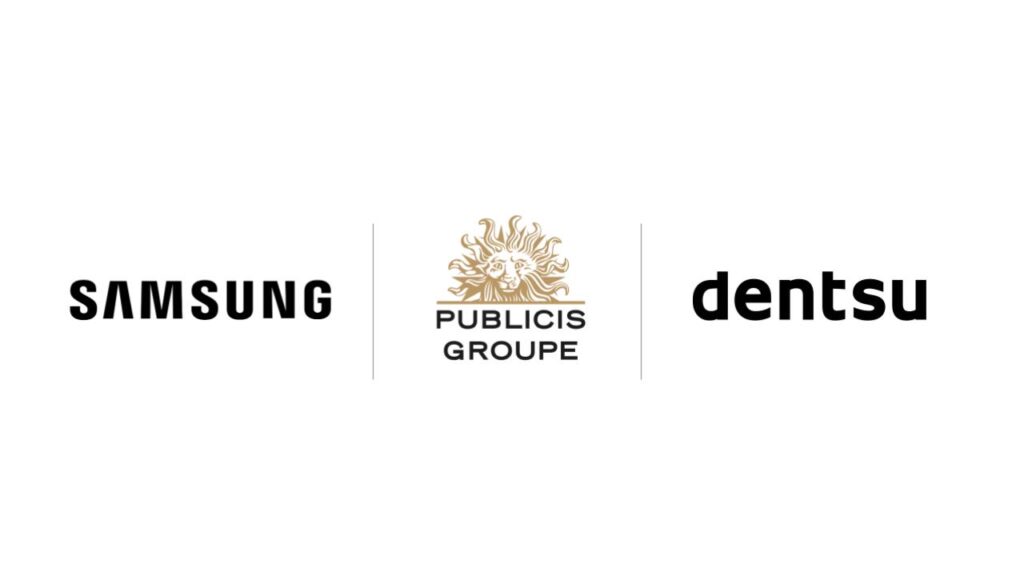During the COVID-19 pandemic, organizing events became much more challenging in the sense of finding new “creative” ideas to excite your audience; but managing the logistics of these events became much more streamlined! With this new model, the only crisis to prepare for as comms teams would be that your Zoom link does not work, although that’s “virtually” farfetched.
With COVID-19 now behind our backs, and as we prepare to welcome the world in Dubai for Expo 2020, I cannot but think of the magnitude of the crisis comms documents that various stakeholders had to work on. Seriously, good luck, guys!
For the likes of UFC Fight Island, Abu Dhabi International World Pro Jiu-Jitsu Championship, Mubadala World Tennis Championship, Gulfood, Gitex, and many other live events and exhibitions, we worked on countless crisis comms documents, and we never had a crisis, nor did we need to use the crisis comms documents. However, the question is, would I have wished we did not build those hefty PowerPoint presentations? Never.
As a PR and communications professional, you are effectively the guardian of your client's reputation, and at crisis times, it is the reputation of your client that is at stake here. The key role of crisis comms documents is that they put all stakeholders in the right mindset to handle incidents once they arise and have ready-to-use holding statements at hand whenever they are required.
Should a crisis happen, you will not be doing any guesswork into whether you should respond or issue a statement or what that statement is. These documents are also key to identifying roles, responsibilities, communication channels, and reporting lines at crisis times, and guarantee that the crisis will not turn into communication chaos. Building the crisis comms document helps you bring your client on the same page as you to agree on the messaging and the reasoning behind each message and ease the burden on all stakeholders with regards to securing approvals on content assets.
As a bilingual PR professional, your role is doubled in times of crisis, as you represent a valuable asset in your ability to communicate effectively in both languages and offer real-time content support to ensure the right message is delivered through the right channel to the right audience.
Always remember, your role as a communication professional is to offer a 360 understanding of the comms domain; so, your messaging should be unified across media and social media channels, and the same goes for your holding statements and posts.
A key element to a crisis comms plan that some might overlook is ensuring the spokesperson's preparedness to respond to the various scenarios, and in that sense, crisis comms media training is vital to prepare your spokesperson to take interviews at crisis times. This training could be in the form of an emergency drill to put the spokesperson in the correct psychological and emotional status to handle any questions.
To answer this articles’ subject line, which is part of our PRCA MENA Hala NextGen Arabia sessions: Yes, you do really need that 50-slide crisis comms document.






